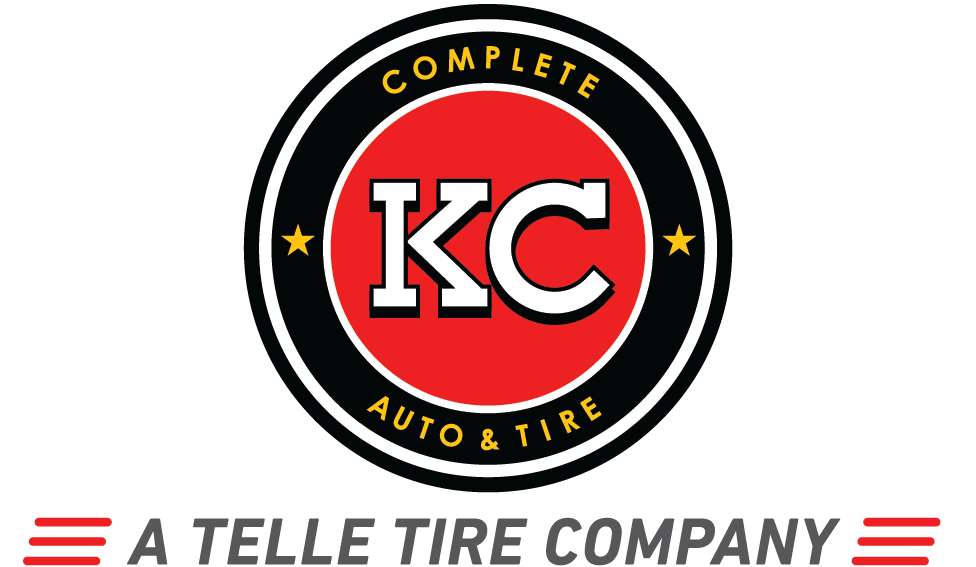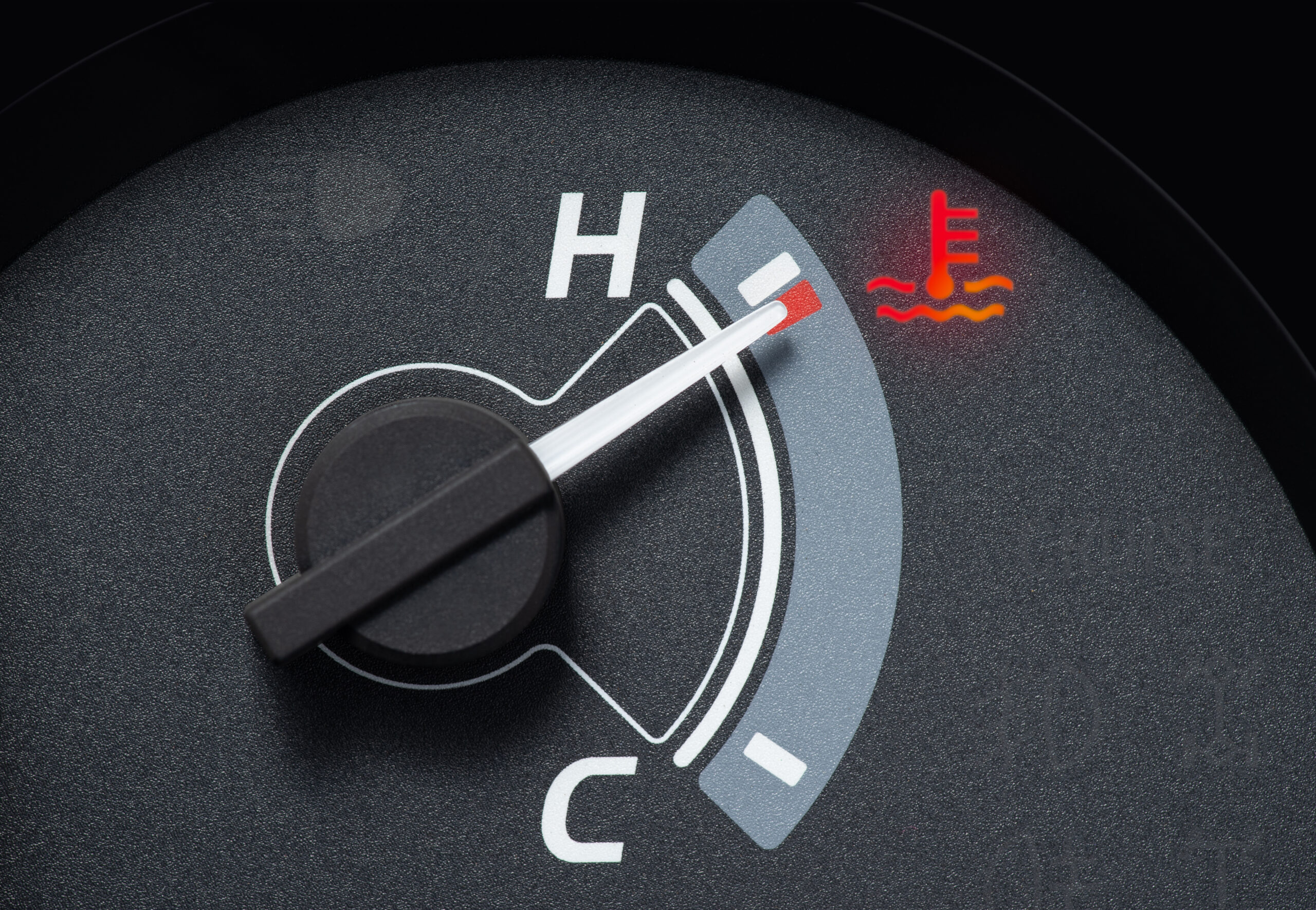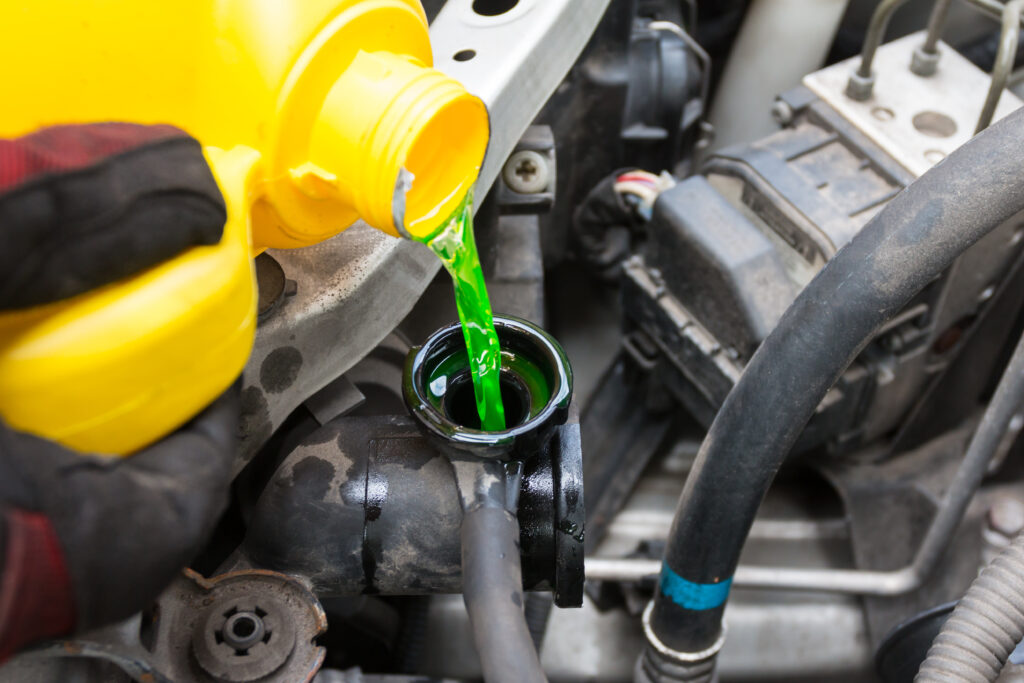Safely Diagnose an Overheated Car Engine
Disclaimer: If you are having an emergency or suspect serious issues with your vehicle that could lead to a car fire, call 911 immediately.
Imagine this: you’re driving down the road when you notice your vehicle’s temperature gauge climbing. Suddenly, what appears to be smoke begins coming from the engine, emitting a strange smell. You immediately pull over, turn off the engine, and wait. What is happening? How much is this going to cost to repair? Can I keep driving? How far is the next auto repair shop?
Your car overheating is not something you want to mess around with. Understanding what to do and what not to do in the future can help you feel a little less overwhelmed. Here is what you need to do so you can get back on the road and avoid further complications.
Avoiding Immediate Dangers of an Overheating Engine
Pull Over and Alert Passing Drivers
While it is essential to pull over right away, being on the side of the road is a safety risk. All it takes is one distracted driver to cause an accident with your parked car.
Prevent Engine Fire
Having an understanding of car fire safety can have you prepared for any situation and even end up saving your life. This can be an immediate danger for you, your passengers and other drivers on the road.
Avoid Prolonged Use or Engine Seizure
If your automobile has been running hot under the hood for an extended period of time it can cause some serious, potentially dangerous events. An engine can severely overheat to the point of seizure; when it does, it can cause drivers to lose control and crash. An engine seizure can also cause the connecting rods to break and potentially puncture the engine block, causing an oil leak. One of the worst case scenarios would be a broken crankshaft that leads to complete engine failure.
5 Signs Your Engine is Overheated
If your car is running hot, or you’re driving with an overheated engine, it will give off various warning signs, and when you start seeing them, it’s crucial to get your engine inspected, diagnosed, and repaired immediately.
1. Elevated Temperature Gauge and Radiator Warning Light
Most vehicles will have a temperature gauge on the dashboard. Unfortunately, some think it’s simply reflecting the exterior temperature, but it’s actually showing how hot the engine is. Reading and checking your automobile’s thermostat is essentially the first step to diagnosing an overheated engine. When it rises toward the red temperature indicator, it’s overheating. If it reaches the red, the engine is now dangerously hot and should be shut off immediately.
The radiator warning light on your dashboard may also illuminate to indicate overheating. This warning light looks like a thermometer sitting above a wavy line and is also known as a coolant warning or radiator fluid light.
2. Clicking or Clanking Sounds
Keeping your engine running smoothly requires oil, but when the engine overheats, the oil will lose its lubricating properties. As it becomes less lubricated, the engine components may begin making clicking or clanking sounds as they work because the usual oil buffer is diminished.
3. Presence of Steam, Smoke, or Vapor
Radiator fluid comprises a mixture of antifreeze, water, and corrosion inhibitors. Depending on the mixture ratio, the radiator fluid’s boiling point is between 223°F and 235°F. In a well-running engine, the average temperature runs between 195°F and 220°F. An overheating engine will cause the temperature to exceed the radiator fluid’s boiling point, and when it boils, it may come out of your engine as steam, vapor, or white smoke.
4. Unusual Engine Smell
Heating almost anything up will give off some smell, and your engine is no different. Typically, with car engine overheating, you may catch a whiff of one or a few common smells:
- Burning plastic: Some vulnerable engine components, like plastic valves or rubber seals, may begin melting, giving off the scent of burning plastic.
- Overly sweet smell: Engine coolant fluid, or coolant, within the radiator fluid is made of ethylene glycol. On a molecular level, this is similar to sugar, so when it burns, it smells sweet. Drivers have described the smell to be similar to maple syrup or butterscotch.
- Burning oil: Burning engine oil tends to have a sulfur-like smell similar to burning fuel.
Remaining aware of your vehicle’s performance and condition can often require more than sight and sound. Odors are an essential warning sign to pay attention to for any situation regarding automotive maintenance and safety.
5. Acceleration and Performance Issues
Car engines rely on cool air intakes to sustain the combustion process and fuel vehicle momentum. When the engine overheats, the excess heat throws off the mixture of air and fuel, leading to performance issues, including difficulties accelerating.
Why is My Car Overheating?
A car engine overheats due to various reasons, but most often it’s the cooling system that’s not allowing heat to escape the engine compartment. These issues could include a leak in the cooling system, a faulty radiator fan, a broken water pump, or a clogged coolant hose.
A common complaint drivers experience is the car overheating when the AC is on. Often, this is the result of a faulty cooling fan, fan switch, or fan motor, but it could also be caused by a bad engine coolant sensor, overloaded AC compressor, broken water pump, or blocked AC condenser fins.
If the car is overheating when idle, but seems to cool once you begin moving, it could be caused by a broken radiator fan. When engine cooling fluid goes to the radiator, it gets spread over a large surface area to help cool it down, but airflow helps further cool it before returning to the engine.
What to Do When Your Engine Overheats
When the engine overheats, it can quickly feel overwhelming. There are a few things you should always remember if you find yourself in the situation, as well as a few things to avoid that will keep you safe and protect your engine from further damage.
- Turn off the AC and turn up the heat. Turning off the air reduces engine stress while cranking up the heat helps pull heat away from the engine to keep it from overheating until you can safely pull over.
- Find a safe area to pull over. When safe to do so, pull over and immediately turn off the car. Give the engine at least 15 minutes to cool down, but keep an eye on the temperature gauge because it should lower down to the normal range as it cools. Don’t start the engine at all while it’s still hot. While you wait, contact a friend, tow truck, or roadside assistance for help.
- Check coolant levels and add more. Of course, this step will only work if you have any coolant on-hand. If you have someone coming to help, they could bring some for you so you can top it off and keep your engine protected from overheating until you can visit a repair shop. However, increasing the coolant level will not be helpful if the coolant hose is clogged or you have a broken radiator fan or water pump.
- Restart the engine. If you’re not getting a tow, and you’ve allowed the engine to sufficiently cool, restart the engine and drive directly to the repair shop. Be sure to keep an eye on your temperature gauge as it drives, and if you see it rise, pull over again to allow it to cool back down.
What Not to Do
- Don’t panic. The last thing you want to do is panic. When you notice your engine overheating, don’t drive erratically or dangerously through traffic and avoid slamming on your brakes when pulling over. Yes, you want to pull over as soon as possible, but you also don’t want to have an accident in addition to an overheated engine.
- Don’t keep driving. If you decide to stay on the road since your engine is technically “still running” while overheating, all you’re doing is causing more significant — and potentially costlier — damage to the engine. Again, pull over as soon as it’s safe to do so.
- Don’t open the hood immediately. They may do it in the movies, but that’s definitely not the way to do it in real life. Don’t open or even touch the hood until you’ve given the engine enough time to cool down. Opening it immediately can put you at risk of burns or injuries from steam or smoke. This is the time to practice patience.
- Don’t ignore the issue. If your engine is overheating, it’s not a problem that will eventually go away on its own, even if it seems to be resolved after adding more coolant. Leaving the problem unaddressed will cause it only to get worse. Have a mechanic inspect your vehicle to determine the root cause so you can save your engine and your wallet.
How Long Does it Take for a Car to Cool Down After Overheating?
The only way to know whether your car’s engine has cooled to a safer temperature is to monitor the temperature gauge. However, if your vehicle’s gauge is not working or has a digital gauge that doesn’t display unless it’s on, the engine may take up to 30 minutes to cool down sufficiently.
Always Remember to Keep Safety First: Every situation will differ, so if you’re having difficulty determining when it’s safe, don’t hesitate to call for assistance.
Tips to Get Back on the Road
Any engine troubles are inconvenient, so you’ll likely be anxious to get back on the road. Here are a few ways you can get your car up and running again safely:
- Call for a tow. Call a towing company to take your vehicle to a shop if you’re able. Whether your car won’t start after overheating or you don’t want to risk further engine damage, a tow truck is the safest option.
- Check coolant/antifreeze. Check the reservoir after the engine has cooled. If you notice it’s empty or low on fluid, refill the tank with antifreeze to provide enough protection to drive to a shop.
- Check for leaks or blockages. Again after the engine has cooled, check the hoses for leaks or blockages. If your coolant reservoir is empty, or you notice any drips or a puddle under your vehicle, odds are you have a leak that will need to be repaired.
How to Avoid Overheating Your Engine
Following your vehicle’s routine, recommended maintenance is your best bet at avoiding an overheating engine, as problems can be identified before leaving you stranded. However, if you are going to be driving in certain situations, such as up steep inclines for extended periods of time or in particularly hot temperatures, make sure you’re prepared if your engine’s temperature begins to rise. Keep a gallon of coolant and a gallon of distilled water in your trunk in case of emergency, and remember the safety tips above to protect your vehicle and yourself.
Don’t Let the Heat Stop You – Maintain Your Engine for Worry-Free Driving
An overheating engine poses potentially serious dangers and expensive problems for your vehicle. It can even result in significant injuries for you and your passengers. Regular maintenance and routine inspections are necessary to keep your car running safely on the road. When you are experiencing issues with overheating, or you simply need your regular maintenance performed, visit the pros at Telle Tire. Call us or visit an area location today.



